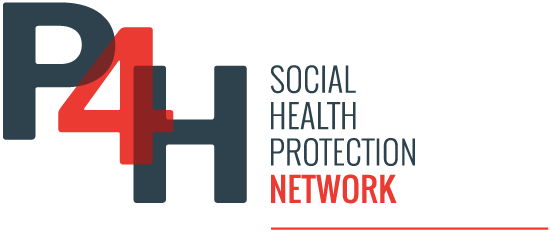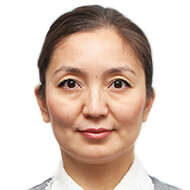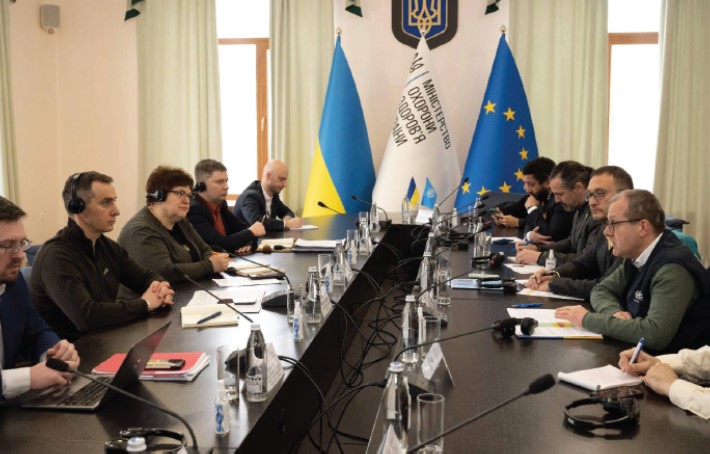WHO/Europe released two reports highlighting the need to adjust primary health care (PHC) provider payments in Ukraine to better meet population needs and address the war’s impact. The report “Results of costing for provider payments in PHC” offers a cost analysis to support ongoing health financing reforms.
Two reports were released by WHO/Europe, adjusting primary health care (PHC) provider payments in Ukraine to better meet the population’s needs and understanding the war’s impact on their work, which are essential steps to enhancing the quality and accessibility of care. As part of the support for the ongoing health financing reforms in Ukraine, the report “Results of costing for provider payments in primary health care in Ukraine” provides a comprehensive cost analysis, offering valuable insights for recalculating and adjusting payments to PHC providers.
“Both reports allowed primary health care providers to voice their concerns regarding the current financing system affecting their work and provided evidence to make changes in service delivery to enhance quality of and access to care,” explained Dr Jarno Habicht, WHO Representative in Ukraine.
“The data collected from the costing study is instrumental in refining the provider payments in primary care. Furthermore, it serves as a strategic instrument for assessing the budgetary implications of various policy options for 2025 and beyond while offering recommendations for the government on how to define provider payments better”
- The majority (61%) of PHC payments cover labor costs, with the remainder addressing regulatory requirements like equipment availability and diagnostic services.
- The current payments do not fully cover the costs of providing services outlined in the PHC benefits package. It should account for utility and capital expenses, for example.
- Most of the utility and capital expenses are covered by local governments, but private providers lack access to this funding. While some local governments allocate extra resources to PHC, others may not do so due to a lack of unified approach and coordination.
- There are significant cost variations across provider types and regions. Rural providers incurred higher costs and often sought additional funding sources.
“Patients came to us, but we could only provide limited help. Without transport or fuel, it was challenging. We distributed medicines to those with chronic diseases like diabetes. To pay salaries to doctors, we relied on catching roaming signals at the border to transfer funds. Lack of resources caused chaos and fear, making it very difficult”
- The shelling of critical infrastructure led to massive electricity cuts across the entire country. PHC providers have needed to switch to alternative electricity sources, like generators, which are expensive and require availability of fuel.
- Initially, displacement of people and people being afraid to leave the house shifted PHC services towards remote consultations. As the situation stabilized by summer 2022, missile alerts and blackouts continued to interrupt PHC service delivery, requiring staff to leave premises or interrupt their service; therefore, remote consultations are still frequently used.
- The depreciation of the currency and price increases led to a rise in the expenditure of PHC providers. Some providers have received support from donors and local governments, and others have used their own reserves to cover the increased costs.
- Staff shortages and changes emerged as other critical issues, as many healthcare professionals left the country or were internally displaced. This movement further strained PHC facilities, particularly in conflict-affected regions, leaving many providers understaffed and struggling to meet patient needs.




